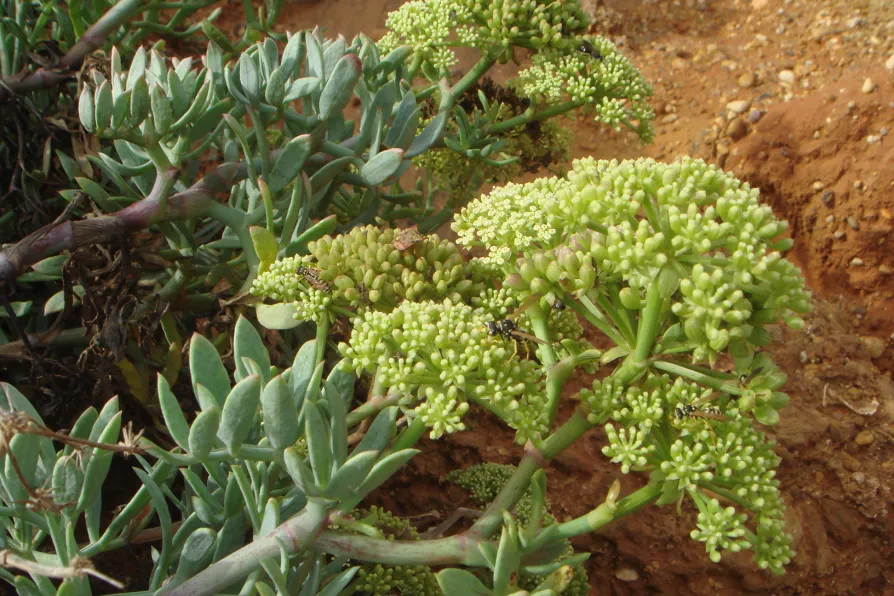Once the bustling heart of Christian pilgrimage, Bethlehem now faces shuttered hotels, empty streets and a shrinking Christian community, while Israel’s assault on Gaza and the tightening grip of occupation destroy hopes of peace at the birthplace of Christ, writes Father GEOFF BOTTOMS
Call the samphire brigade!
Gardening with MAT COWARD

 [Xemenendura / Creative Commons]
[Xemenendura / Creative Commons]
ROCK SAMPHIRE is a vegetable which neatly divides the world into lovers and haters.
It would be hard to be indifferent to a flavour which even those who are most keen on it often describe as being reminiscent of church polish or kerosene.
Crithmum maritimum is sometimes known as sea fennel or true samphire, and shouldn’t be confused with marsh samphire (Salicornia), an entirely separate plant.
Similar stories

MAT COWARD presents a peculiar cabbage that will only do its bodybuilding once the summer dies down

Well, MAT COWARD did, and here’s his introduction to it

MAT COWARD battles wayward pigeons in pursuit of a crop of purple sprouting broccoli

Although there’s not much growing in the garden in January, globe artichokes are worth a try if you follow these tips from MAT COWARD










